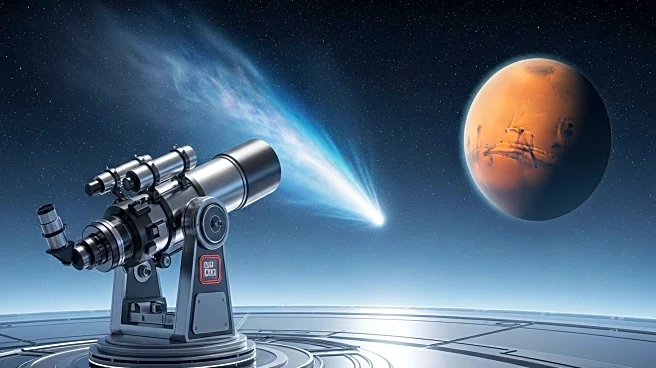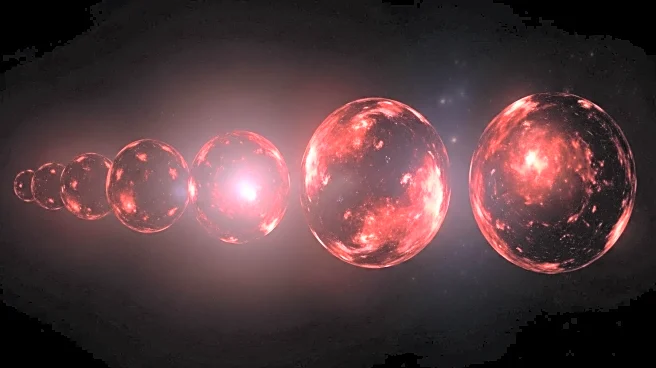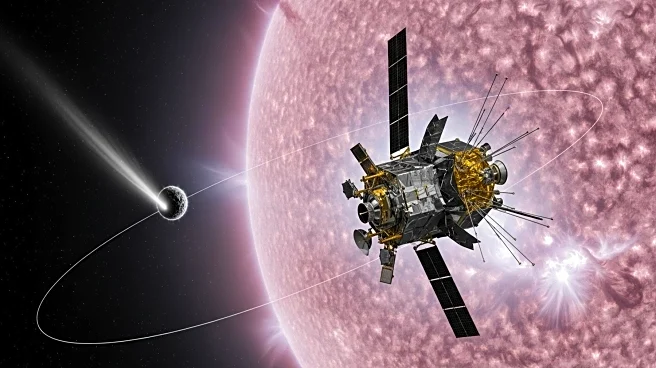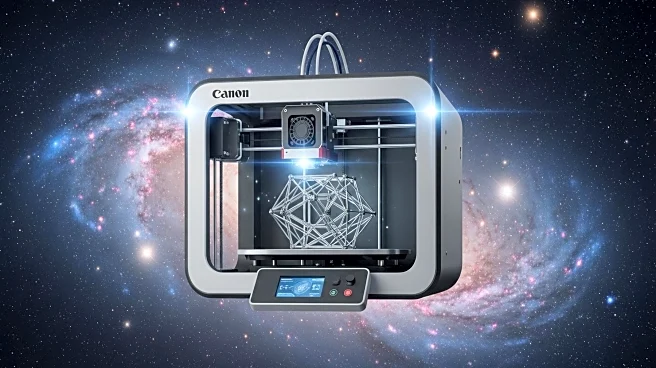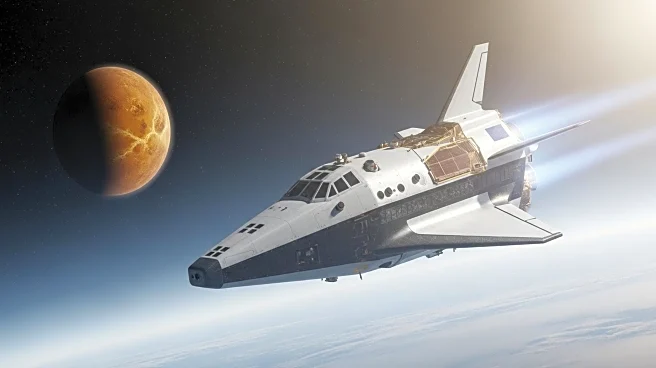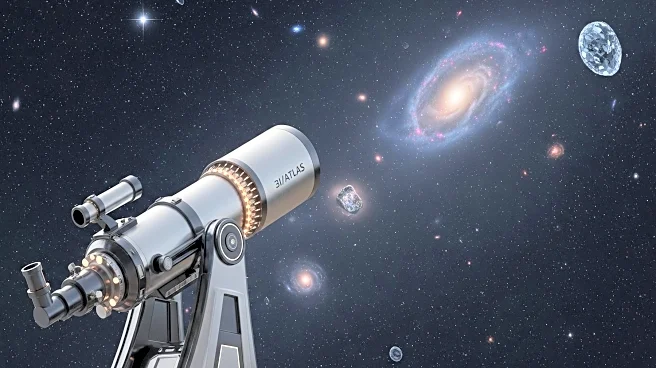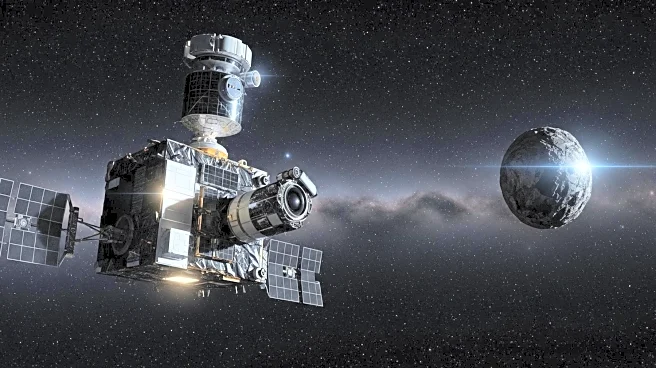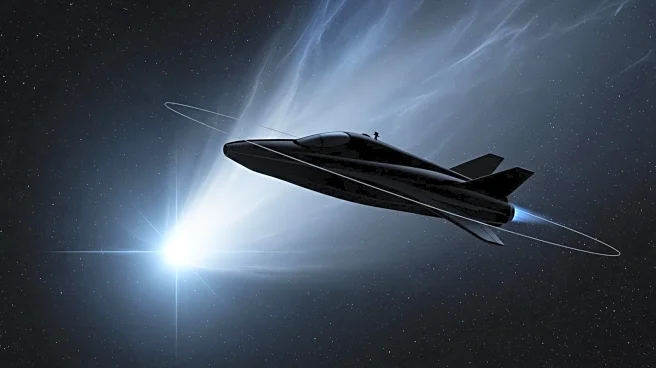What's Happening?
The European Space Agency (ESA) is gearing up to study the interstellar comet 3I/ATLAS as it approaches Mars. Discovered on July 1, 2025, this comet is the third interstellar object identified in our solar system. ESA plans to utilize its Mars orbiters, including Mars Express and the ExoMars Trace Gas Orbiter, to observe the comet during its closest approach to Mars on October 3, 2025. The comet will be approximately 30 million kilometers from Mars, offering a unique vantage point for observation. ESA aims to capture images and analyze the comet's shape and composition using onboard cameras and spectrometers.
Why It's Important?
The observation of 3I/ATLAS presents a rare opportunity to study an interstellar object from a close distance, potentially providing insights into its structure and composition. Understanding such objects can enhance knowledge about the formation and characteristics of celestial bodies beyond our solar system. The data collected could contribute to the broader field of astronomy and planetary science, offering clues about the origins of interstellar comets and their potential impact on solar system dynamics.
What's Next?
ESA's Mars orbiters will attempt to capture images and spectral data of 3I/ATLAS during its approach. Other spacecraft, including NASA's Mars Reconnaissance Orbiter and China's Tianwen-1, may also participate in the observation efforts. Additionally, ESA's Jupiter Icy Moons Explorer (JUICE) plans to observe the comet later in the year. These coordinated efforts could provide a comprehensive understanding of the comet's characteristics and behavior.
Beyond the Headlines
The study of interstellar comets like 3I/ATLAS could have implications for understanding the movement and interaction of celestial bodies across different solar systems. It may also offer insights into the potential for organic compounds or water vapor in such comets, which could have broader implications for the study of life beyond Earth.
